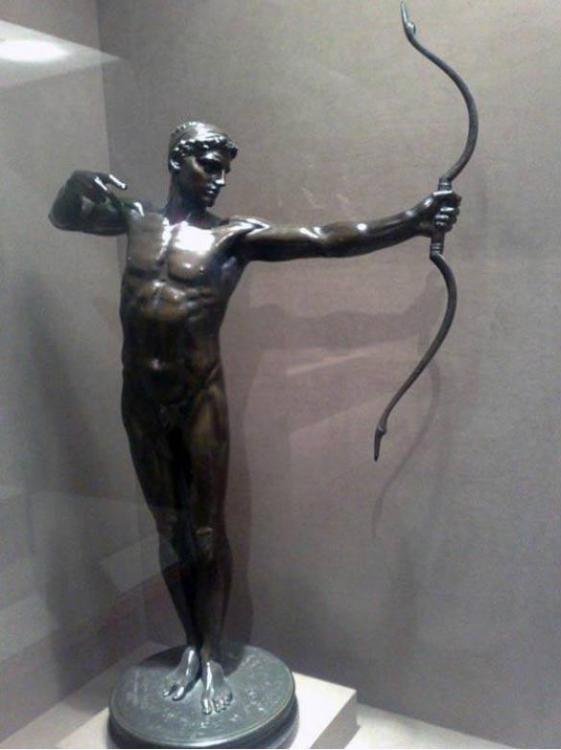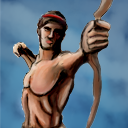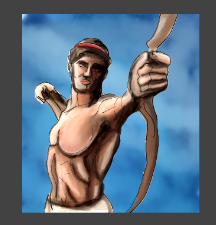-
Posts
25.684 -
Joined
-
Days Won
300
Everything posted by Lion.Kanzen
-
-
-
references are here.
-
-
.thumb.png.ce58cea22940c255f5b0a735d5abee36.png)
suggestions Thread for posting suggestions for Alpha 27.
Lion.Kanzen replied to Lion.Kanzen's topic in General Discussion
We are going to divide the technologies into several groups. unique, cultural and generic groups. The ideal is to start with the generic ones. But indeed... the Iberians need a unique technology. -
.thumb.png.ce58cea22940c255f5b0a735d5abee36.png)
suggestions Thread for posting suggestions for Alpha 27.
Lion.Kanzen replied to Lion.Kanzen's topic in General Discussion
I am going to open a topic of cultural and civic technologies. I'm going to wait a bit for the release of A26. And finish some portraits. -
.thumb.png.ce58cea22940c255f5b0a735d5abee36.png)
suggestions Thread for posting suggestions for Alpha 27.
Lion.Kanzen replied to Lion.Kanzen's topic in General Discussion
yes, but it would be ideal to convert them to dvn compatible and test them. I am willing to play them. I love campaigns. -
I'm still thinking. I know that would not change the previous. We should to test the requirements first expand technologies then...
-
.thumb.png.ce58cea22940c255f5b0a735d5abee36.png)
suggestions Thread for posting suggestions for Alpha 27.
Lion.Kanzen replied to Lion.Kanzen's topic in General Discussion
By the way...which you want take care? -
.thumb.png.ce58cea22940c255f5b0a735d5abee36.png)
suggestions Thread for posting suggestions for Alpha 27.
Lion.Kanzen replied to Lion.Kanzen's topic in General Discussion
It's a good idea, people seem to take a liking to these units. -
im thinking we should have phase 4. 2 and 3 are short. Haroes, catapults, Wonders, super towers, super walls.
-
.thumb.png.ce58cea22940c255f5b0a735d5abee36.png)
suggestions Thread for posting suggestions for Alpha 27.
Lion.Kanzen replied to Lion.Kanzen's topic in General Discussion
Alexander's campaign. I have always been that we are short of man power. -
.thumb.png.ce58cea22940c255f5b0a735d5abee36.png)
"Arson" attacks should be added to cavalry and infantry.
Lion.Kanzen replied to AIEND's topic in Gameplay Discussion
I think what he meant is that for what a ram is, it's very expensive. Compare that vs the cost civic center or a fortress. Not saying what this engine takes from infantry spear/pike damage. -
Here is one of them.
-
somewhere on Youtube topic. There we post the YT gameplays.
-
I posted your gameplays in this forum. Welcome.
-
.thumb.png.ce58cea22940c255f5b0a735d5abee36.png)
"Arson" attacks should be added to cavalry and infantry.
Lion.Kanzen replied to AIEND's topic in Gameplay Discussion
I am one of those who thinks that there must be a ram made with a trunk and men carrying it. That would be fun, there is already such a unit in the Xiongnu faction. -
.thumb.png.ce58cea22940c255f5b0a735d5abee36.png)
"Arson" attacks should be added to cavalry and infantry.
Lion.Kanzen replied to AIEND's topic in Gameplay Discussion
In real life too. The ideal is that they become strong with units inside. Stats should increase, it was given to me that these machines protected units to capture walls and destroy buildings. they should was slow unless more men pushed the siege engine. They are very strong bin 0 A D. compared to other strategy games. -
Supposedly these successor heroes from Macedonian Alexander founded cities.
-
I mean fun(entertainment).
-
.thumb.png.ce58cea22940c255f5b0a735d5abee36.png)
suggestions Thread for posting suggestions for Alpha 27.
Lion.Kanzen replied to Lion.Kanzen's topic in General Discussion
I forgot the campaigns. @Stan` We can start including some. -
.thumb.png.ce58cea22940c255f5b0a735d5abee36.png)
All Civilizations are my favorite.
Lion.Kanzen replied to wowgetoffyourcellphone's topic in Gameplay Discussion
You overrated the Romans. -
.thumb.png.ce58cea22940c255f5b0a735d5abee36.png)
"Arson" attacks should be added to cavalry and infantry.
Lion.Kanzen replied to AIEND's topic in Gameplay Discussion
I would like to slow down the battering rams.Very strong, no hard counter, only sword cavalry.







